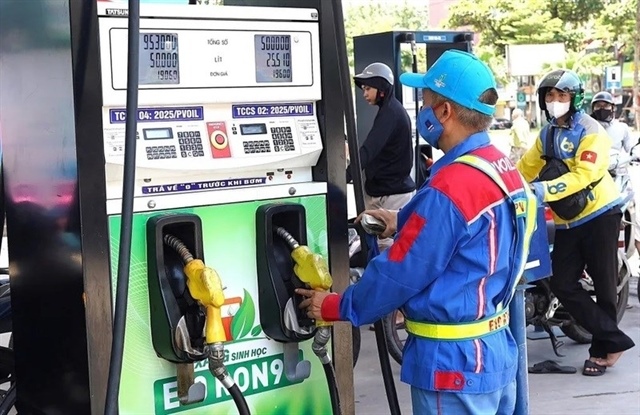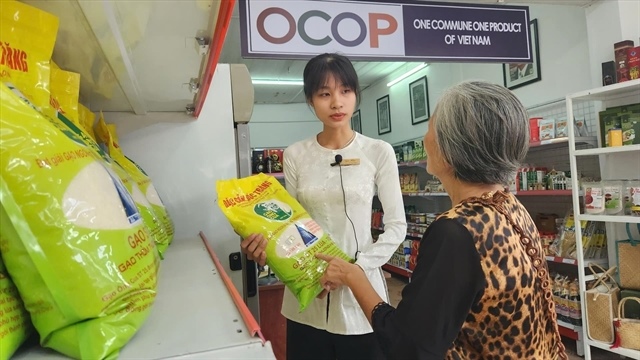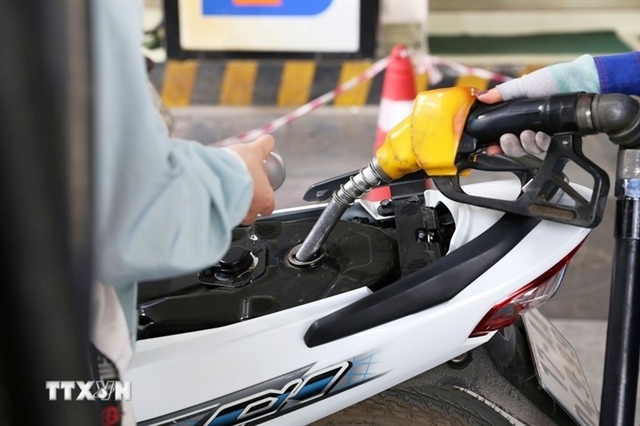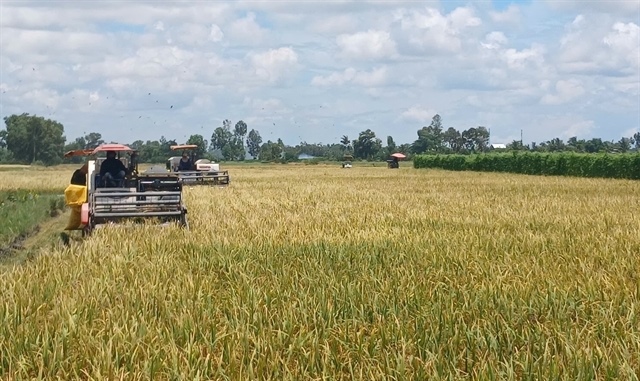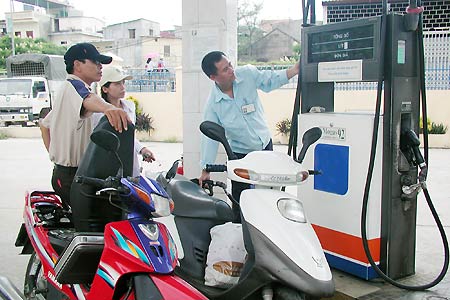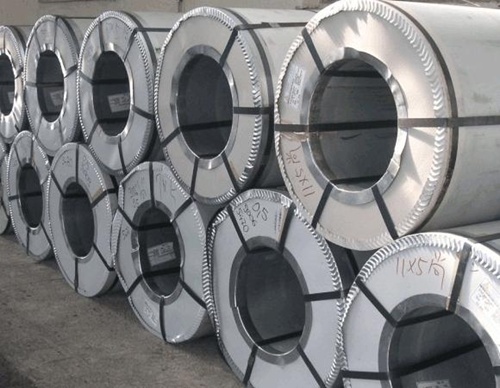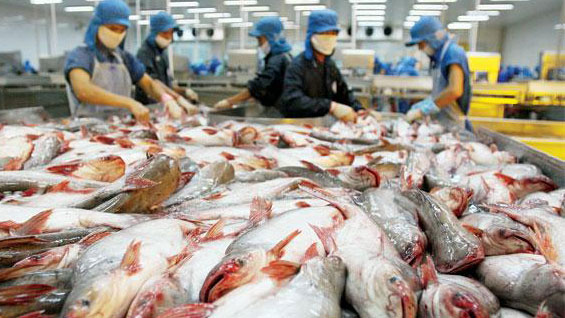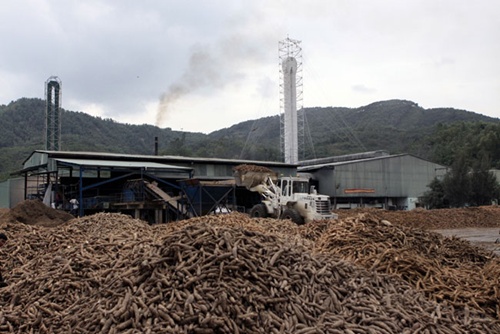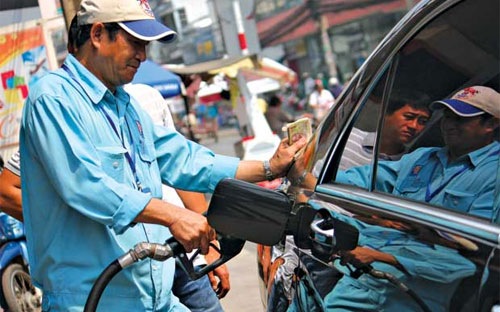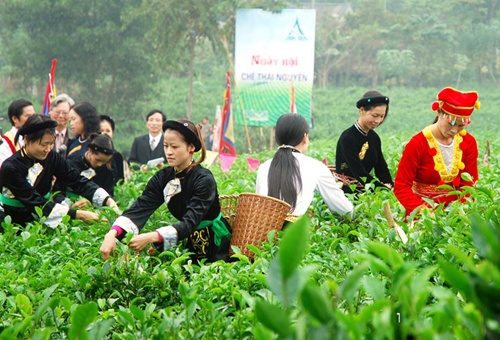Vietnam consumers lose money to ‘junk ginseng’ as market flooded with doubtful products
Vietnam consumers lose money to ‘junk ginseng’ as market flooded with doubtful products
With a great variety of ginseng products widely available in Vietnam, whose origin and quality are however dubious, many local consumers have lost money to ‘junk ginseng’ that has no medical effect left despite being sold under the guise of Korean imports.
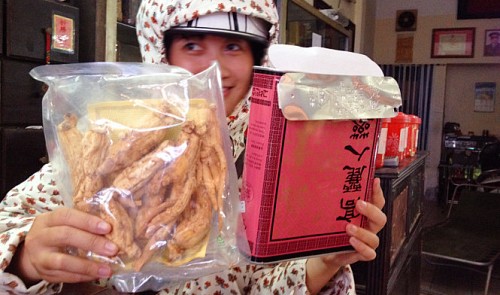
Korean ginseng, questionably known as a miraculous medicine, is on sale at stores and on Facebook at only a few million Vietnamese dong per kilogram, and local consumers are willing to pay a hefty sum to buy the product without wondering about their origin.
Ginseng is categorized by its processing methods, and the main varieties are susam, baeksam, and hongsam, according to the Korea Tourism Organization, which calls ginseng “Korea's representative medicinal crop.”
Susam is unprocessed ginseng in its natural form, baeksam is dried ginseng, while hongsam is unpeeled ginseng that has been steamed before drying.
There are also smuggled ginseng products having been processed and treated so many times that they no longer contain any medical properties, thus called ‘junk ginseng.’
Many stores on Hai Thuong Lan Ong Street in District 5, Ho Chi Minh City ask VND2.2-3 million (US$100-135) for a kg of ginseng, which normally consists of five to six roots.
“We can supply whatever you want, be it fresh or processed ginseng,” a storekeeper told Tuoi Tre (Youth) newspaper, adding orders must be placed one day in advance.
N.T.L., a trader in Go Vap District, meanwhile, runs online ads saying she only sells authentic products imported from South Korea.
L., however, said she has no documents proving the origin of the imports because the ginseng was brought into Vietnam as personal belongings on airplanes.
There are in fact no ginseng varieties that cost below $200 a kg in South Korea.
Susam that is six years old is on sale on several Korean websites such as korean-redginseng.com and gmarket.co.kr at $260 a kg, compared to the $100-135 rates in Vietnam.
The price of those types over six years old is around $310 a kg in South Korea.
Elsewhere in Hanoi, ginseng is also stored in cardboard boxes or plastic bags without any information about the origin.
Traders insist the ginseng products come from North or South Korea, while they were in fact purchased in China.
Nhung, one of the ginseng traders in Hanoi, said she sourced most of the products from China via the border gate in Lang Son Province, before distributing them to other localities, including Ho Chi Minh City.
Tran Thi Hong Phuong, deputy head of the agency in charge of traditional medicines under the Ministry of Health, said the Vietnamese ginseng market has products coming from South Korea, China, and Vietnam.
“But there are very few authentic products from South Korea,” she noted.
The agency has approved more than 19 import orders of traditional medicines, including ginseng and lingzhi mushrooms, since 2014, Phuong said, but “all of the ginseng shipments are from China and none are from South Korea.”
A ginseng seller in District 5, Ho Chi Minh City said most of the products were unofficially brought into the country so there would be no import records for them.
The quality of such imports is thus not ensured and consumers are advised to pay special attention to their origin before opening their wallets.
“Ginseng can have all of the nutrients extracted before they are shipped to Vietnam, so what Vietnamese consumers buy could only be the junk medicines,” Professor Pham Thanh Ky, former president of the Hanoi University of Pharmacy, warned.



